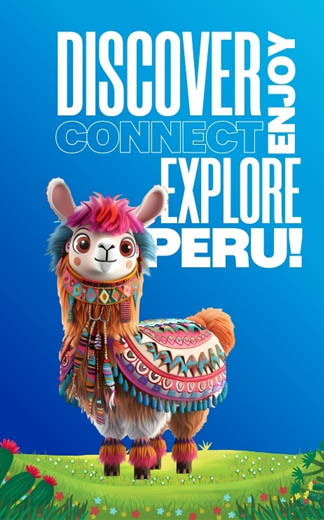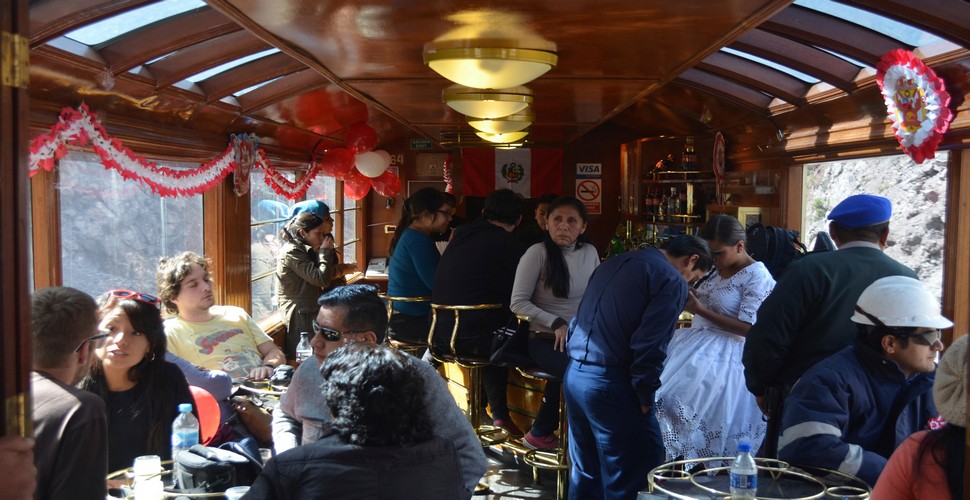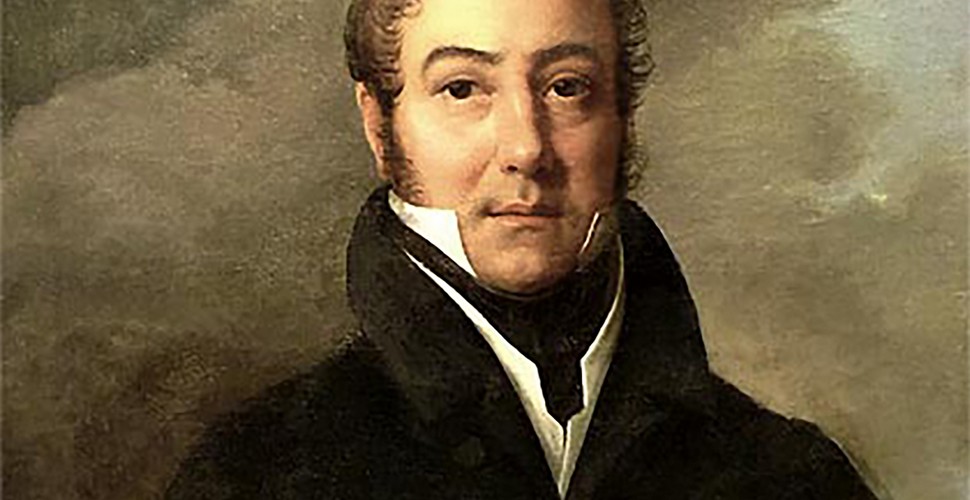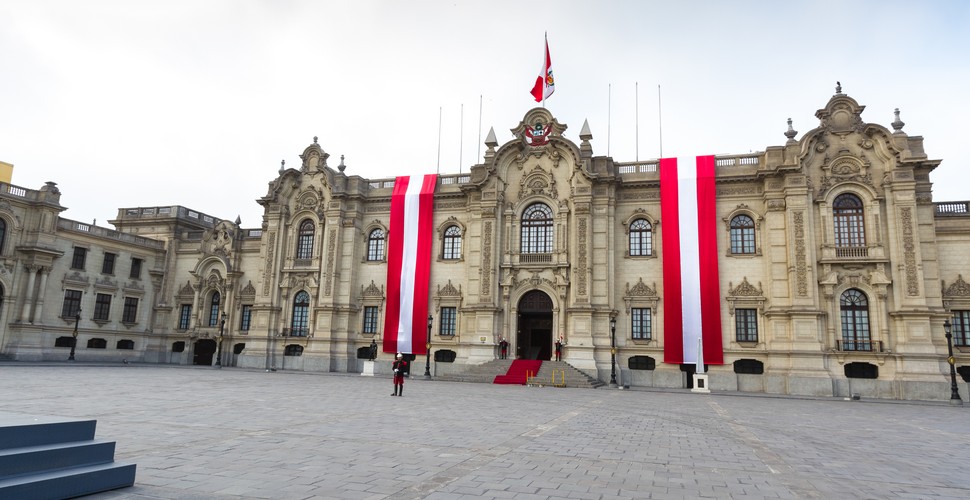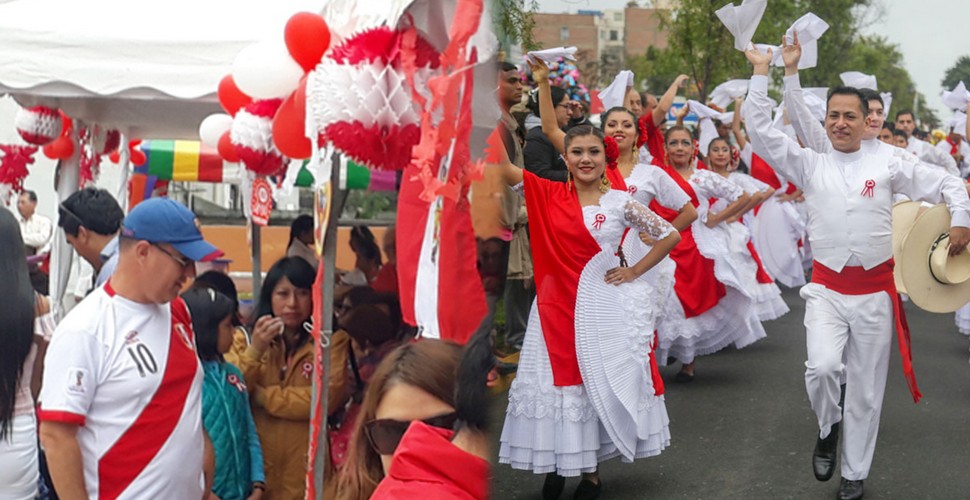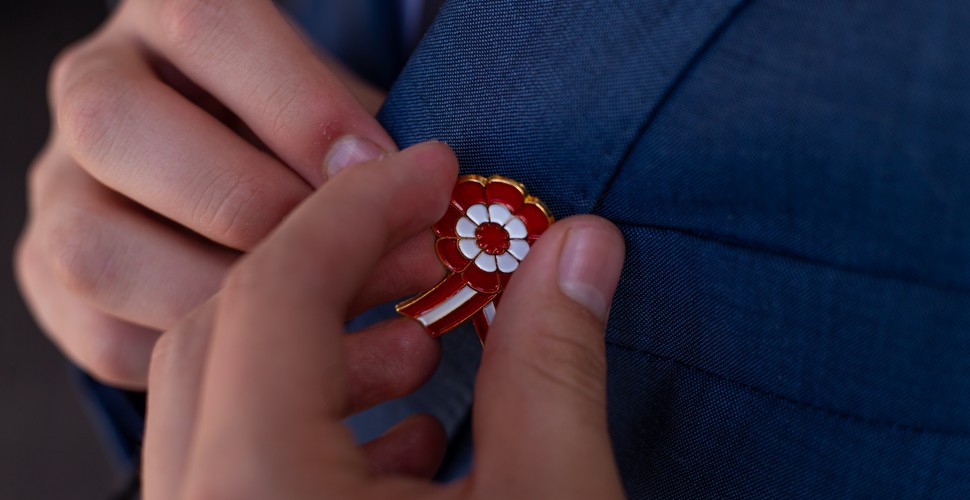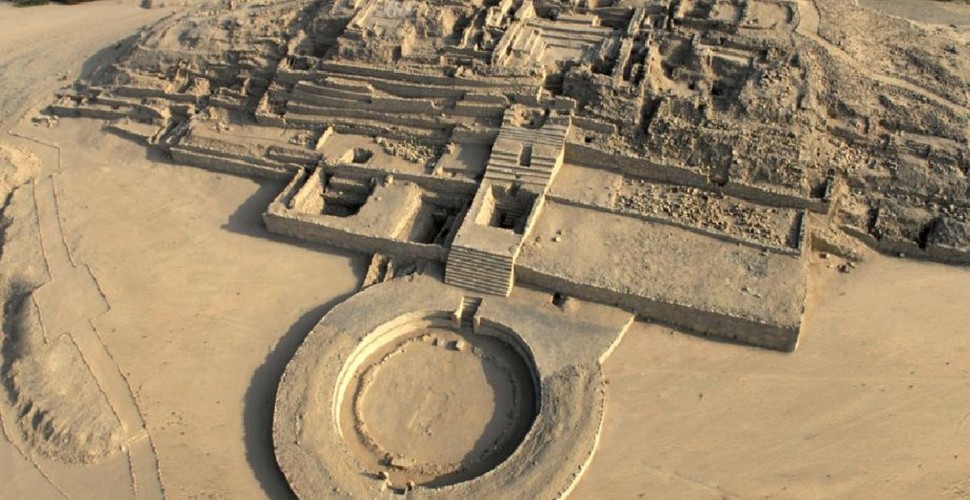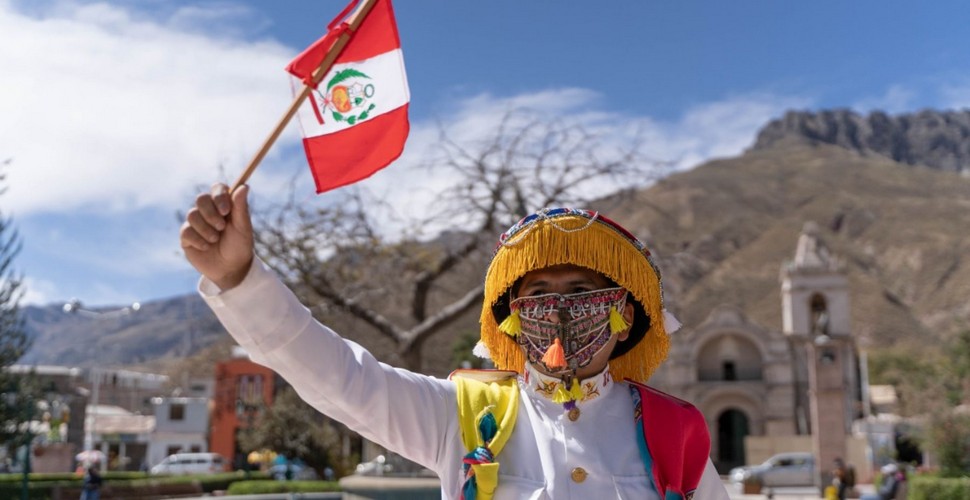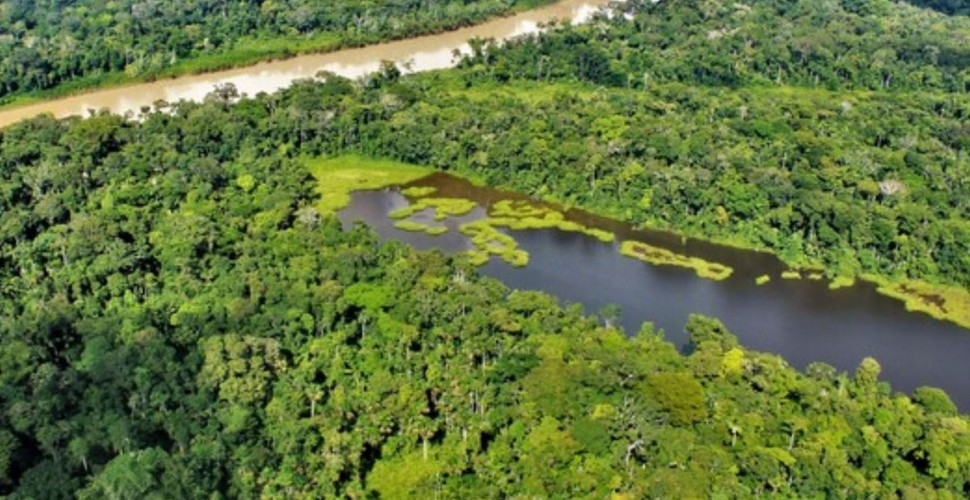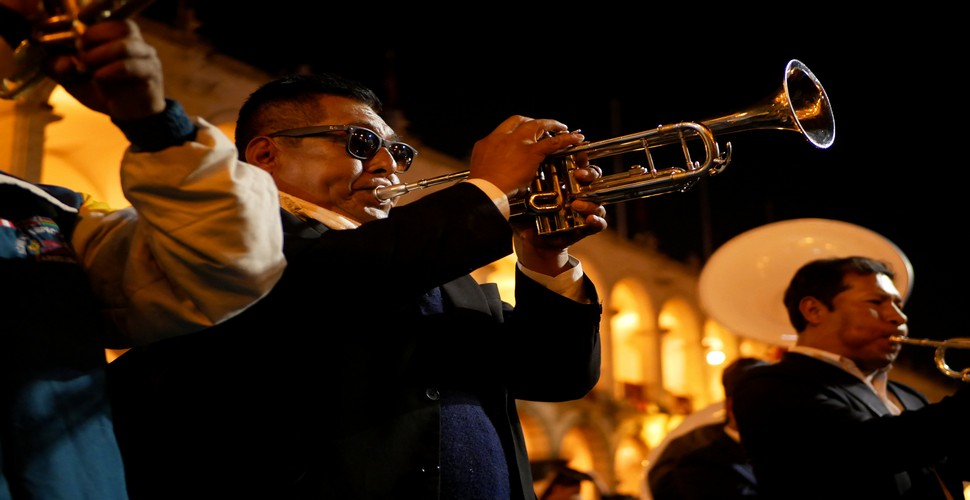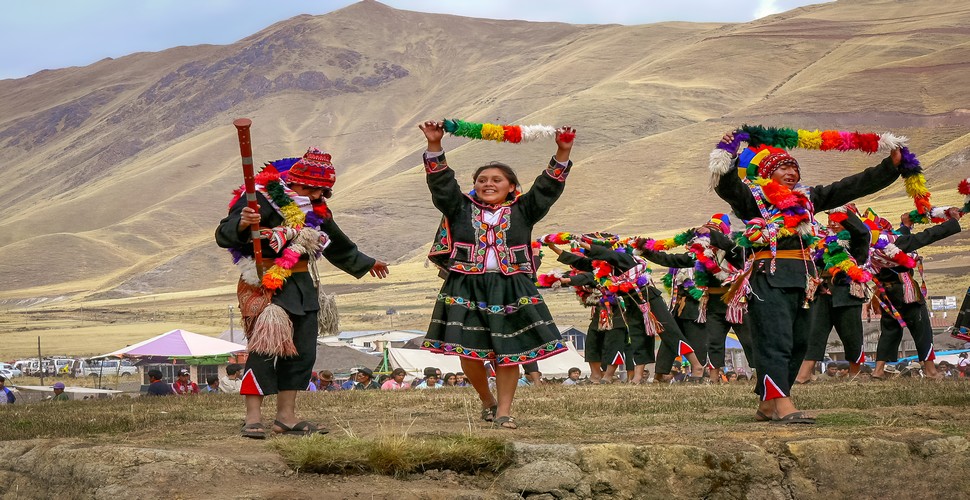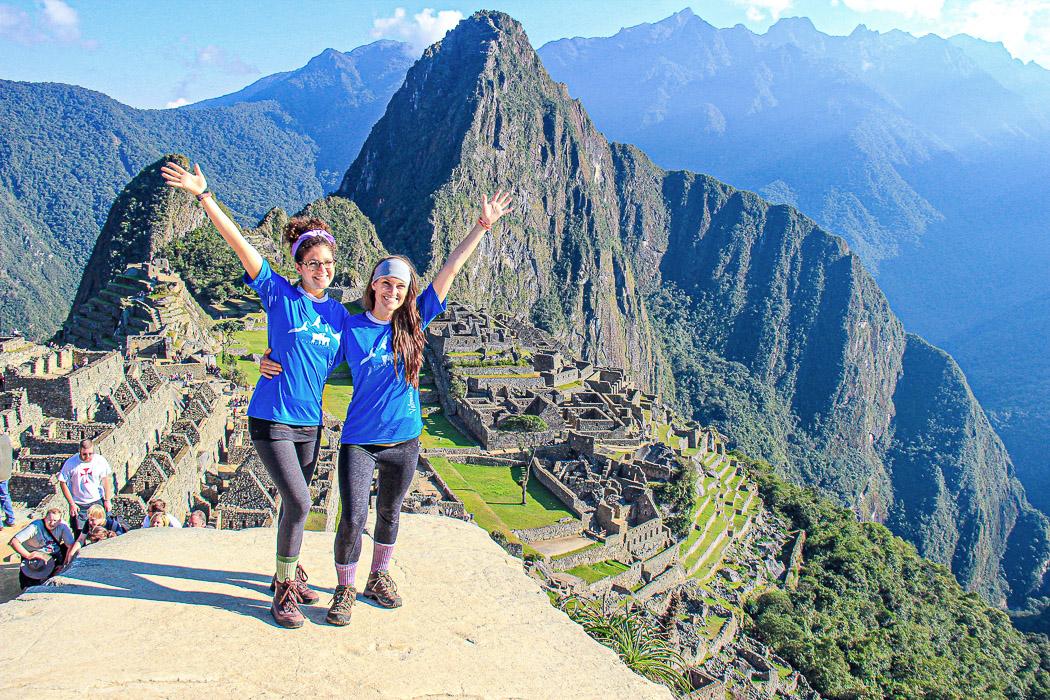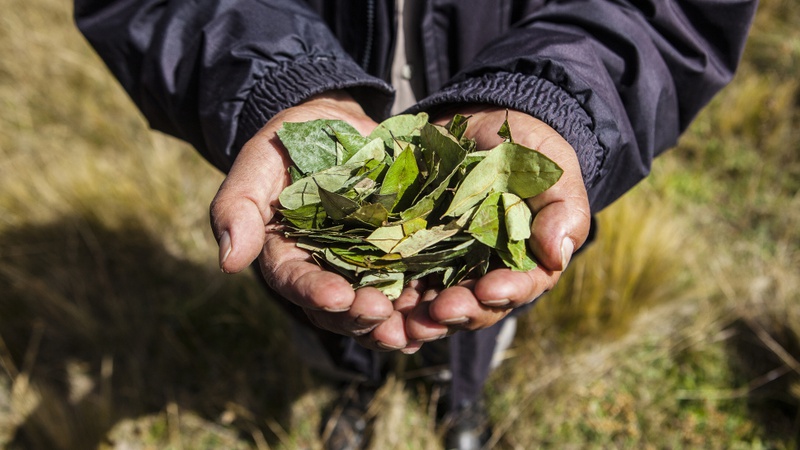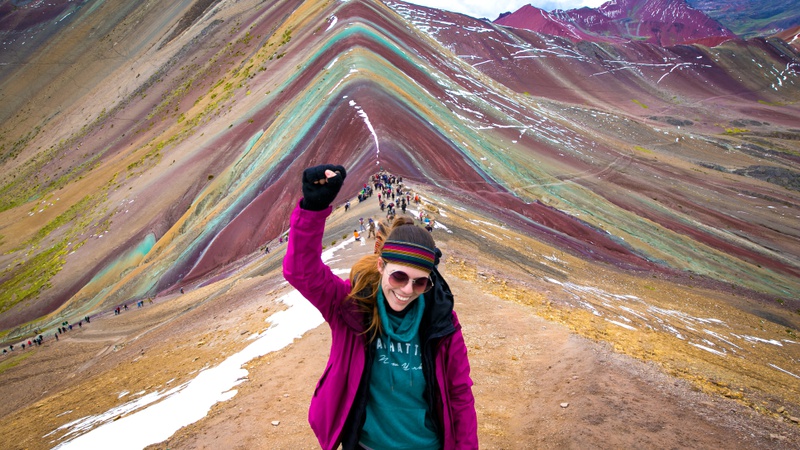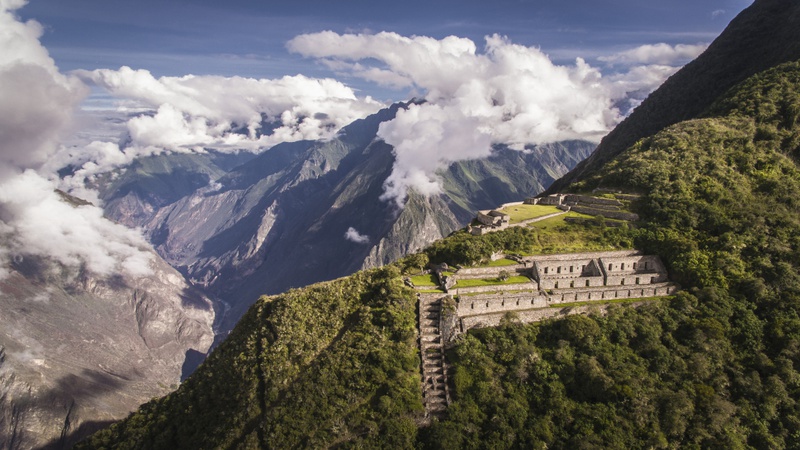

Claire Dean
Travel in South America is a joy to behold. The rich variety of destinations, experiences, landscapes and geography fascinated me so much, that I chose to relocate here, over 20 years ago! The best thing I ever did! Allow me to share my knowledge and passion for Central and South America with you and help you plan your holiday of a lifetime!

Fiestas Patrias Traditions - Celebrating Peru's Independence!
Written by:Claire Dean
Last Update: 2025-02-14
Every year on July 28th, Peruvians come together to celebrate their most significant national holiday, Independence Day. This joyous occasion commemorates the day when Peru's founding father, Jose de San Martin, proclaimed the country's independence from Spanish colonial rule in 1821. It is a time of celebration, culinary traditions, and a reflection of the rich history and cultural heritage of this vibrant South American nation. Of course, wherever there is a celebration in Peru, there is music, dance, costume, and culinary delights!
This national holiday called "Fiestas Patrias" honors the culture and patriotism of the country. Parades, traditional music, and dances fill the streets, and the red and White of the Peruvian flag are displayed in houses and public areas.
The celebration extends from the capital, Lima, to every city in Peru. Both locals and tourists engage in the festive mood while savoring delectable Peruvian cuisine and witnessing historical reenactments. In both urban and rural areas, Fiestas Patrias provides a unique experience that is quintessentially Peruvian. Join us as we delve into the history of this significant Peruvian event and why it gives Peruvians even more reason to be proud of their country. Here is some interesting information about the independence day of Peru!
Fiestas Patrias, Huancayo
The History of Independence Day
Just over 200 years ago, on Saturday, July 28, 1821, Argentinean General Don José de San Martín, brandishing a new Peruvian flag, declared Peru's independence. He proudly stated: The universal desire of the people and the justice of its cause, which God upholds, have made Peru free and independent as of right now. Salutations to the homeland! Cheers to freedom! Happy Independence Day! The Spanish Empire had dominated Peru for about three centuries prior to its independence. Because the media at the time was unable to spread the good news, the Argentine military, led by San Martin and other politicians, had to make the same announcement at different times, in different places!
General Jose San Martin
Today: Peru's Festivities For The Central Day Of Fiestas Patrias
The Peruvian flag is carried by employees, students, and the general public and can be seen in each home. This is sometimes even upheld by law! Peruvian flags are frequently seen hanging from storefront windows, and cities around Peru. Thus decorating their streets white and crimson in the weeks leading up to the big day. Everyone, young and old, prepares to celebrate Peru's national holiday.
The Government Palace
The 28th of July is Celebrated Countrywide!
This speech is available online and on television. The president extends a warm welcome to all Peruvians and updates them on the nation's achievements and difficulties this year. Brasil Avenue, one of Lima's most significant thoroughfares, is the site of the celebration the next day. The Peruvian military performed "El desfile militar," or "The Great Military Parade," after the flag-raising ceremony.
People generally wake up early to watch every moment of Peru's Independence Day. A parade of police dogs with their coworkers is one of the highlights. The traditional marinera dance, which is most famous in northern Peru and is the most iconic and romantic of Peruvian customs, is another highlight. This dance depicts a couple doing a sophisticated, sexy, and exquisite courtship dance.
The Red and White of Peru!
A Day to Honor and Commemorate
The 28 and 29 of July are national holidays. Parades, family get-togethers, parties, and excursions are commonplace across Peru, not just in Lima. The focal point of Peruvian festivities is the Plaza de Armas, or main square, in every city. However, this anniversary holds special meaning for Peruvians who live overseas.
A Peru Independence Day Pin!
An Ancient and Diverse Culture
Peru's history is thousands of years old. Approximately 200 kilometers (north) from Lima and 25 kilometers from the Pacific Ocean, the Caral people resided along the coast. Since their civilization started more than 3200 BCE, they were Peru's first sophisticated community. The Caral were famous for producing cotton and using it to produce textiles. They also used cotton to make fishing nets.
Caral Archaeological Site
Peru Is Racially Diverse
Regardless of skin tone or ethnicity, people take pride in being Peruvians.
A combination of African, Asian, European, and Indigenous racial influences can be found in Peru. Given our racial diversity, it makes fitting that Peru is the union of "all bloods," as one well-known author once stated. We are pleased to be Peruvian, regardless of our skin color, heritage, or surname!
Fiestas Patrias in The Andes!
Geographical Diversity
With a total area of 1,285,216 km² and 24 departments, Peru is the third largest country in South America. Its capital, Lima, is referred to as the Gastronomic Capital of Latin America. The Amazon jungle, the Andes, and the Pacific Coast form the different parts of Peru's landscape. Despite being in a tropical zone because of the Humboldt Current, the Pacific Coast is one of the driest locations on Earth and is well-known for its economic resources.
The Amazon River in Peru
Celebrating with Food
During Independence Day celebrations, families and friends come together to enjoy these traditional dishes, savoring the distinct flavors that represent the essence of Peru's culinary heritage. Whether gathering around a table or at lively street food stalls, the shared enjoyment of food fosters a sense of unity and joy among all Peruvians. See more in our blog about the different traditional dishes eaten during Fiestas Patrias here!
Arequipa, Fiestas Patrias
Peru's Independence Day is not just a historical milestone; it is a celebration of the nation's identity, culture, and unity. Through its rich and historic traditions, Peruvians pay tribute to their heritage while embracing their shared future. As they gather to enjoy the celebrations of Independence Day in Peru, the spirit of Peru's Independence Day thrives. Connecting people by fostering a profound sense of national pride. Find out more about Peru´s Celebrations of Independence Day here!
